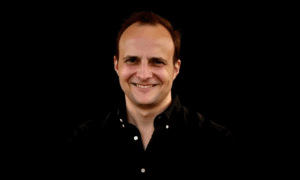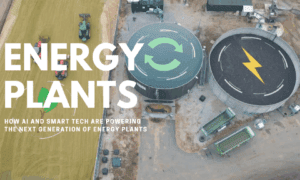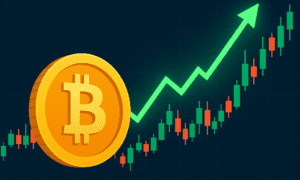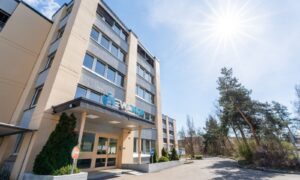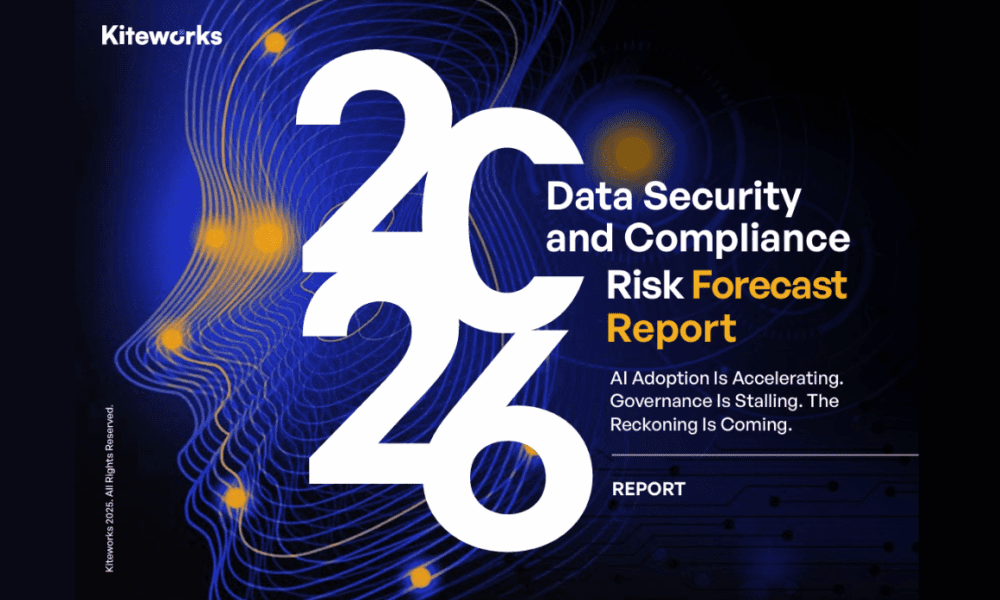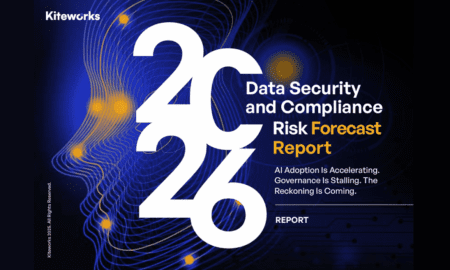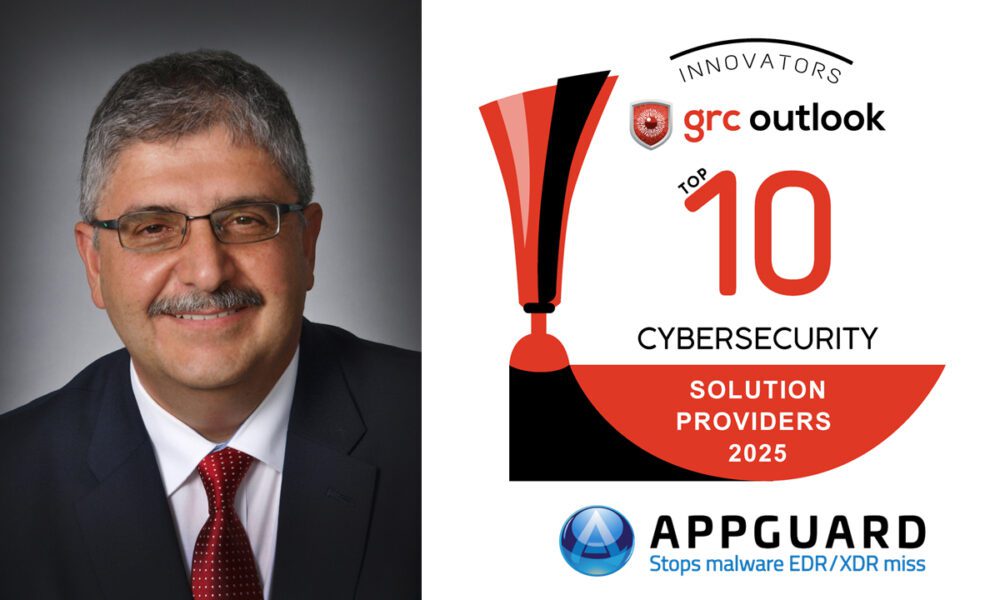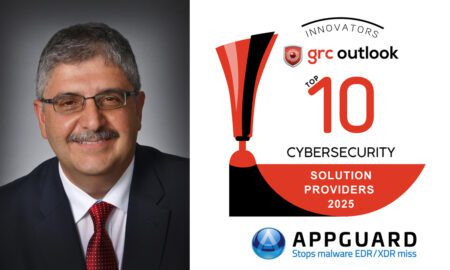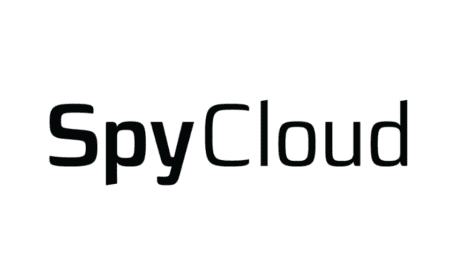In the aftermath of the February snowstorm that swept across much of Texas and Oklahoma, causing devastating disruption to the electrical grid, it’s evident that the United State’s energy sector as a whole is vulnerable to future volatile events. Green Development LLC, a renewable energy developer based in Rhode Island, believes innovation and grid infrastructure upgrades are the answer, in conjunction with green energy growth.
This two-part educational series with Green Development LLC’s Director of Project Management Matt Ursillo discusses the challenges and barriers facing the energy industry, how grid operators and energy developers are responding, as well as technological advancements and partnerships that are driving the grid towards the future.
1) How have grid operators addressed challenges that have emerged with the rapid growth of renewable energy sources, such as solar and wind farms?
To address the power quality, grid operators have instituted advanced control schemes that measure the quality of the power being produced by renewable sources. If the power falls outside of very narrow guidelines, the plant will be disconnected from the grid until the problem can be resolved.
To address the power quantity produced by renewable sources, grid operators have operated under the general assumption that these systems always generate power at full capacity. This has resulted in the grid operators proposing equipment upgrades that can handle the maximum power under a worst-case scenario. As such, the equipment upgrades tend to be very expensive. Quite often, renewable projects cannot absorb the costs of such upgrades and do not make it past the planning stage.
2) In an ideal world, what will the energy grid in the United States look like 20 years from now?
In an ideal world, 20 years from now, communities will be centered around where they get their food, power, and water. The availability and control of these resources as a whole will drive where communities grow and strengthen. Smaller renewable generation sources will be placed throughout the communities they serve, along with the energy storage components and distribution grid equipment necessary to serve customers locally and interconnect with neighboring grids. This is often called the “grid of grids,” where power is generated within and used locally. In times of excess power, it can be stored, and in times of deficit power, it can be imported from neighboring grids.
A system such as this would create more redundancy for power availability and reduce the risks that the long-distance one-way system inherently introduces. Recently we have begun to experience the vulnerability of this system, such as fire hazards in the western US (2018 Camp Fire), rolling brownouts/blackouts (Northeast blackout of 2003), and resilience to localized storms (2012 Hurricane Sandy).
3) What are the barriers to getting there?
As with all such things, the problem is much more complicated than the brief overview presented above, but the barriers to change are technical, financial, and cultural/political.
The technical hurdle is that we need to ensure that power is available when and where it is needed. This could be a local system where communities produce their own power through a nearby renewable energy source and distribute it internally to users on a smaller scale grid. If more power is produced than can be used, it can either be stored for later use or exported to a neighboring grid of the same type. In this “grid of grids” solution, storage needs to be a major component. Contrary to popular belief, energy storage does not always need to be a chemical battery such as lithium-ion. Storage can also be a mechanical solution, and many applications are currently in development, each having different technical capabilities that can help stabilize the availability of energy.
The second barrier is financial. We have all this existing infrastructure that has been built out over a period of more than 100 years that is not designed for a system with many smaller distributed power plants. Aside from the costs to integrate the system as a “grid of grids,” there is an inherent resistance from existing grid operators to disrupt the prevailing business model. As participation from existing grid operators is necessary to move forward, an attractive financial incentive will play a critical role in prompting them to release centralized control of power distribution.
The third barrier is likely the most complicated and is cultural. Society has a long-held perception that power plants are dirty, industrial structures that do not belong in suburban, rural, and upscale locations. Society should embrace clean, local power production as a sign of independence and pride. Like the local food movement of the early 2000s, these smaller renewable power stations should be appreciated for contributing to a strong and healthy community.
4) Are there short-term solutions that can help?
Short-term solutions are already being implemented. Standalone renewable power generation facilities are being sited and constructed along with the existing grid infrastructure. Storage solutions are just recently being incorporated into the infrastructure to balance the load and manage voltage and frequency. However, these power facilities are still being sited in remote locations, far from where the power is being used. The high cost of upgrading the existing distribution infrastructure to transport the power often kills the projects. We have a long way to go in integrating these power facilities at the local level so that long-distance transmission and distribution are no longer necessary.
5) How can renewable energy developers, grid operators, and regulatory bodies work together to achieve these goals?
The solution needs to be collaborative. The old business model cannot carry us into the new century. Energy developers need to be flexible with the siting of these facilities, the technology they utilize, and sizing them to meet the local need. Grid operators need to develop technologies to mitigate the risk of these smaller power plants negatively affecting the system. Operators must also develop ways to control the flow of power in many directions as they import and export to meet time-dependent needs. Regulatory bodies need to fully understand the permitting of these systems and find ways to build renewable energy facilities in areas with the highest usage.
Regulators will also need to develop legislation that creates a market in which the value of these assets can be realized, ensuring that the power is available where and when it is needed. This may include time-of-day (TOD) power pricing, provision of interstate energy commerce, and implementation of stringent system maintenance requirements for plant and grid operators.
Another thing regulators can do is to promote the further electrification of society. Over the past several years, new energy-efficient technologies and the rise of remote work options have contributed to power usage decreases in many areas. Now is the time to transition other uses of fossil fuels to make the most of cheap and abundant electricity. Incentives for purchasing electric vehicles and electric heating systems could help accelerate the transition to an economy that takes full advantage of renewable power sources.
6) What technological and renewable industry advancements are you most excited about?
I am particularly excited about storage. Energy is perishable. If energy is not used or stored, it is wasted. The development of systems that can store excess energy generated by renewable sources and distribute it when needed will be critical to this new world. Without storage mechanisms, we will never realize a grid of grids and localized renewable generation. We will always be beholden to long-distance distribution and dispatchable fossil fuel power plants.
About Green Development LLC
Green Development LLC is the leading developer of utility-scale renewable energy projects in Rhode Island, specializing in wind, solar, and battery storage. The company delivers significant energy savings to qualified organizations through the virtual net metering program.
Founded in 2009, the company has built a portfolio of over 70 MW of solar and wind projects, with plans to add 111 MW more in 2021.
Green Development has played an important role in transforming and diversifying Rhode Island’s energy portfolio. By providing a sustainable and reliable energy supply, the company helps generate in-state investment, increase energy security, and boost economic activity. Its renewable energy projects create local job opportunities, including construction, component manufacturing, service, and maintenance.


